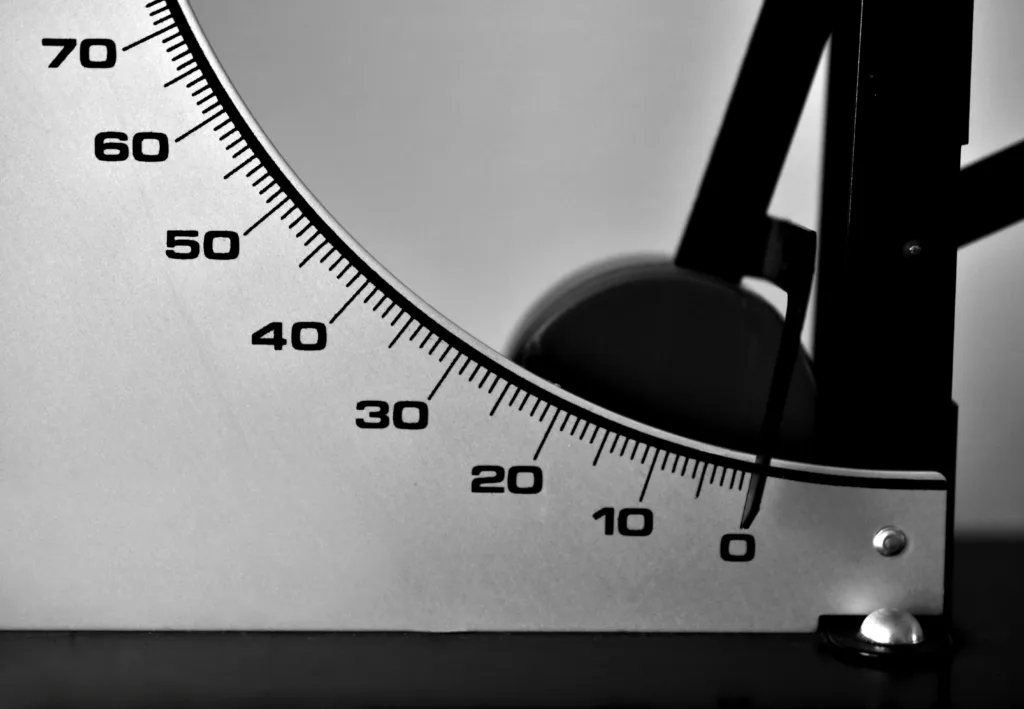One hundredth is a term used in mathematics to describe the fraction 1/100. It is one of the smallest fractions that we use in our daily lives, but it has significant importance when it coes to percentages and decimals.
In percentages, one hundredth is represented by the second decimal digit. For example, 10.02% is ten and two one-hundredths percent. This means that out of 100 parts, 10.02 parts belong to the specific item or quantity being measured.
One hundredth is also used in decimals. When we write 1/100 as a decimal, we place a zero in the ones column and in the tenths column to show that it is 1/100. So, 1/100 is 0.01 written as a decimal.
It is important to note that one hundredth is a small fraction, but it can have a significant impact when it comes to finance and economics. For example, a change of one hundredth in interest rates can have a significant impact on borrowing costs, investment returns, and overall economic growth.
In addition, understanding one hundredth is crucial when it comes to measuring accuracy and precision. In scientific experiments and measurements, a difference of one hundredth can mean the difference between accurate results and inaccurate results.
One hundredth may seem like a small fraction, but it has significant importance when it comes to percentages, decimals, finance, and accuracy in measurements. It is essential to understand its meaning and significance in order to make informed decisions and accurate measurements.
What Is A One Hundredths?
A one-hundredth is a mathematical term used to represent the fraction of 1/100. It is commonly represented by the second decimal digit in a percentage, such as 10.02% where the “02” represents two one-hundredths or 0.02 as a fraction. One one-hundredth of a percent is equivalent to 0.01%. It is a small unit of measurement often used in financial calculations or scientific measurements where precise values are required.

How Do You Write Hundredths?
To write a number in hundredths, we need to write it as a decimal. The hundredths place is two places to the right of the decimal point. To write a decimal in hundredths, we place the digit in the hundredths place and precede it with a zero in the tenths place. For example, 1/100 is written as 0.01, where the zero is in the ones place and the one is in the hundredths place. Similarly, to write 2/100, we place 2 in the hundredths place and a zero in the tenths place, giving us 0.02. We can continue this pattern for any number of hundredths. It is important to note that the number of digits to the right of the decimal point indicates the number of decimal places, with the first digit being in the tenths place. Therefore, to write a number in hundredths, we need to have exctly two decimal places.
Is It One Hundredth Or Hundredth?
The correct usage is “hundredth.” It refers to the position of the number 100 in a series and is used as an ordinal number. It is also used to denote one of a hundred equal parts of something. The term “one hundredth” is also grammatically correct, but it is more commonly used as a fraction or a percentage. Therefore, the correct term to use when referring to a position in a series or a fraction is “hundredth.”
Conclusion
The term “one hundredth” refers to the fraction that represents one part out of a hundred equal parts of a whole. It is commonly denoted as 0.01 in decimal form and is the second decimal digit in a percentage. Understanding the concept of one hundredth is essential in various fields such as mathematics, finance, and science. It helps in calculating percentages, determining ratios and proportions, and analyzing data. Whether you are dealing with money, measurements, or statistical information, knowing how to work with one hundredth is a fundamental skill that can greatly enhance your problem-solving abilities.
